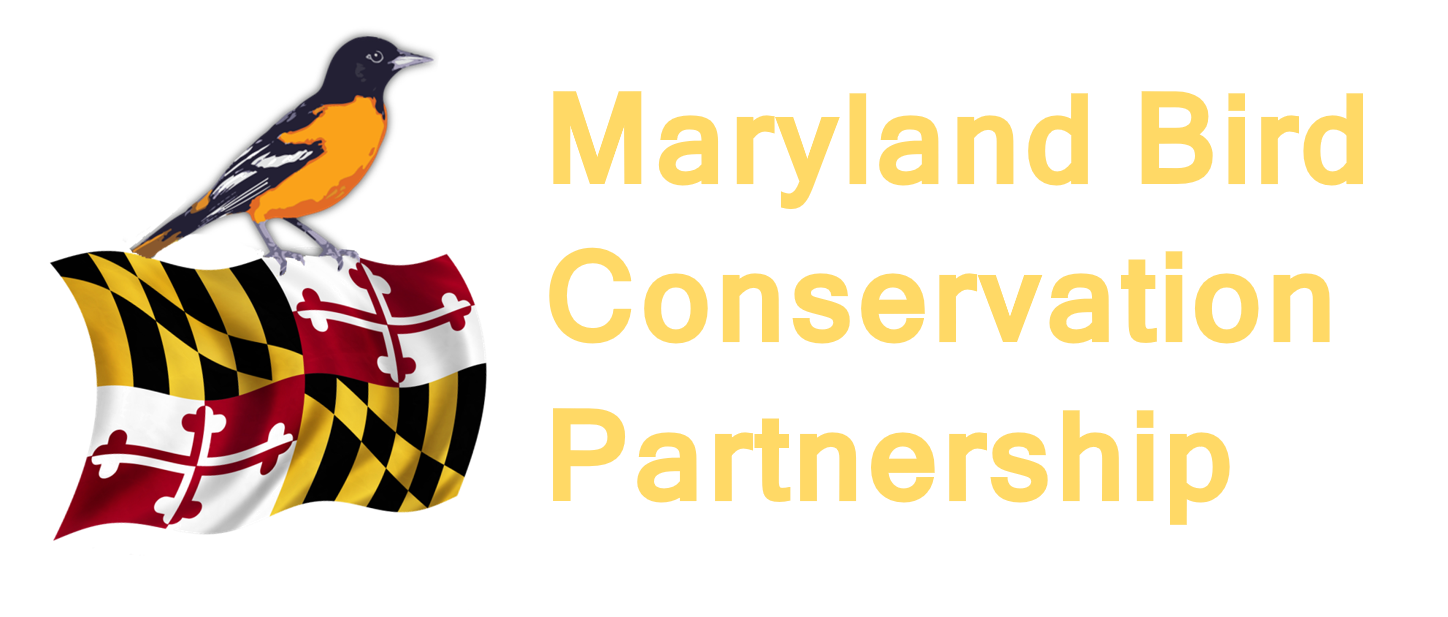American Kestrels are almost entirely absent during the breeding season on the Lower Eastern Shore, according to data collected during the Maryland and DC Breeding Bird Atlas 3. To reverse the decline of the breeding population of this iconic falcon, the Maryland Farmland Raptor Program went down to the Lower Eastern Shore in October 2025, to explore the potential for expanding the program there. We met with private landowners and volunteers and ultimately installed four kestrel nest boxes and identified potential locations for at least four more. Read more.
Volunteer Spotlight: Chet Anderson
2025 Farmland Raptor Nest Monitoring Results
The Farmland Raptor Program expanded nest box installation and monitoring efforts this year. We added 19 American Barn Owl boxes and 59 American Kestrel boxes. By installing and monitoring these nest boxes, we are creating real opportunities for recovery of these species while building the long-term dataset needed to guide our conservation work. Read more.
Westminster: Maryland’s Newest Bird City
Maryland Bird Conservation Partnership is pleased to announce that the City of Westminster has been recognized as Carroll County’s first Bird City Maryland community. Westminster values high-quality greenspace for both birds and people, something highlighted by their status as a Tree City for 35 years. Their improvements to Wakefield Valley, a golf course-turned-park, showcase this. Westminster has planted 6,000 trees, created pollinator meadows, and maintains a paved-walking path for better accessibility with plans to enhance this even further. Read more.
Celebrate World Migratory Bird Day in Maryland
Join us on October 9 at 6 PM to celebrate World Migratory Bird Day with a special webinar highlighting migratory birds and the communities working to protect them in Maryland. If you are a conservation-minded bird enthusiast who wants to learn more about migratory birds and how we can protect them, then this webinar is for you!
Introducing New MBCP Leadership
At Maryland Bird Conservation Partnership, we are excited to welcome new leadership to our helm! In the last year, Gabriel Foley joined us as our new Executive Director, and Mike Spurrier, Anir Bhat, Gaurav Kapoor, and Margaret Poethig all joined our Board of Directors. They’re bringing passion and expertise to Maryland’s conservation scene, and we couldn’t be more optimistic about the direction we are heading!

